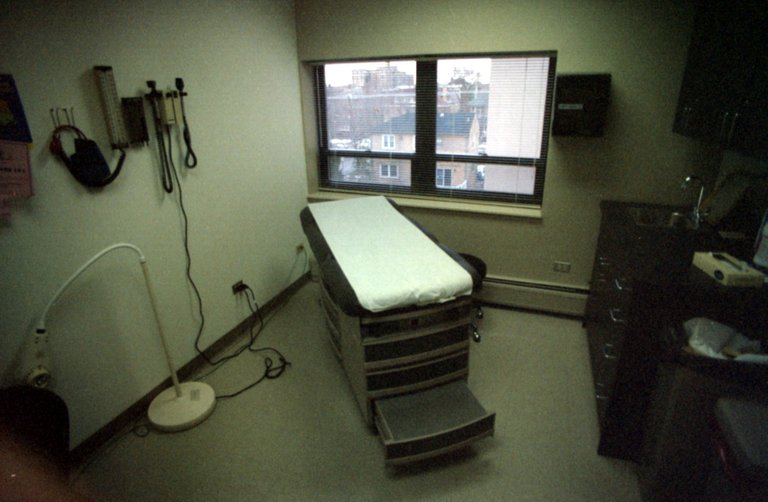This week we had the pleasure of listening to Dr. Sean Masaki Flynn discuss a solution to the healthcare issue in the United States. During the talk, Dr. Flynn goes over how Singapore runs their healthcare versus how the United States does theirs, and the pros/cons of both. Essentially, the Singapore healthcare plan, outlined by the 3 M’s, is extremely cost efficient and provides a competitive market for both doctors and medication, while also incentivizing citizens to seek the most cost efficient option.
Dr. Flynn starts his talk by outlining how broken the current state of healthcare in the United States is. Some of the main points he gets at include America being the only place where you have to worry about losing your healthcare if you lose your job, and the fact that in as soon as 20 years our healthcare plan will not be able to support all of the elderly population. These are all chronic issues that are a result of the way healthcare has been set up in the United States. Fortunately there is a solution, but it may not be able to be implemented in the same way that Singapore structured theirs.
Singapore’s healthcare system is structured by the 3 M’s: Medisave, Medishield, and Medifund. The healthcare starts with Medisave, where the government takes out 7% of a citizens paycheck, which then accumulates a guaranteed 4% interest tax free. This money is then used for when a person gets older and needs to rely on treatment and medication. The second M, Medishield, covers how medicine and treatment are paid for. The first $2000 of your care yearly comes from the Medisave fund that you have put away, and anything over that is a 10% copay. This is incredible due to the fact that you have a natural incentive to use the cheaper doctor, or use the generic medication instead of the name brand medication. Pharmaceutical companies and doctors are also then forced to reduce prices to keep up with the highly competitive market. Finally, Medifund covers the extreme medication and treatment that some people may not have the finances to afford. The 5 billion dollar fund set aside covers these.
Overall, I believe this is an extremely effective system that I wish was someway able to be implemented into the United States. The most broken part of our healthcare system currently, in my opinion, is not knowing the price of services before you go in for treatment. Dr. Flynn uses the analogy that you would not buy a truck without knowing the price, or eat at a restaurant with no prices on the menu, so why is our healthcare not the same? If Americans knew the prices of different services and were forced to have skin in the game, we as a country would save incredible amounts of money that could be put back into Americans pockets. Fortunately, with the ability for private companies to implement a similar plan to Singapore for their employees, we could see this modified plan as the future of healthcare in the United States.
